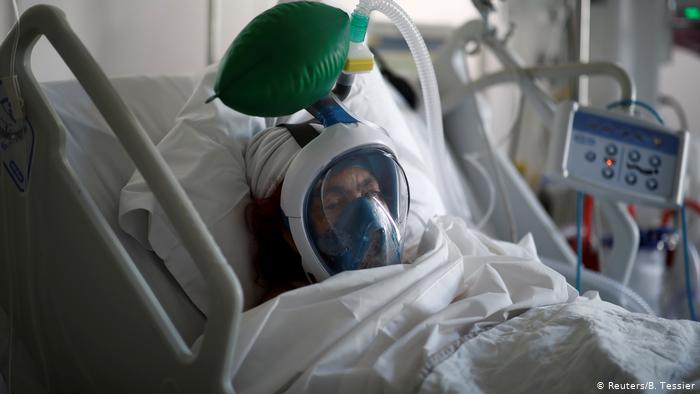A new viral pneumonia was first detected in Wuhan, China, and was found to be caused by a novel coronavirus, later identified as severe acute respiratory syndrome coronavirus 2 (SARS‐CoV‐2), that has since then caused a pandemic. Previous reports have shown that certain laboratory parameters correlated with disease severity and mortality in SARS‐CoV‐2 infection.1 The levels of D‐dimer, an important prognostic factor, were found to be higher in patients with a clinically severe case of SARS‐CoV‐2 than in non-severe cases. A better understanding of this prognostic factor can help physicians predict the disease severity and need for intensive care unit (ICU) care in patients infected with SARS‐CoV‐2. This meta‐analysis aimed to determine the relationship of D‐dimer with disease severity and mortality in SARS‐CoV‐2 patients.
There were 29 studies (4.328 patients) included in this meta‐analysis. The result showed that increasing D‐dimer levels on admission were significantly associated with increased disease severity and mortality. The results obtained were similar to the results reported previously in two other systematic reviews. Analysis by Shah et al demonstrated that patients who had D‐dimer levels more than 0.5 mg/L had a twofold higher risk of developing a severe case of the disease and fourfold higher risk of mortality than those who had D‐dimer levels less than 0.5 mg/L. Higher cut‐off value of D‐dimer (>2 mg/L) was considered to be even better in predicting in‐hospital mortality in SARS‐CoV‐2 with a sensitivity of 92.3% and a specificity of 83.3% after adjusting for age, gender, and comorbidities.
Our study also showed that patients with a need for ICU care had nonsignificant higher D‐dimer values on admission than patients who did not need ICU care. An earlier study demonstrated that there was an increased incidence of thrombotic complications in patients treated in the ICU. Hypercoagulability state was also found in patients admitted to ICU where D‐dimer levels were drastically increased. At the late stages of SARS‐CoV‐2, levels of fibrin‐related markers (D‐dimer and fibrin degradation product) were either moderately or markedly elevated in all cases of death suggesting a common coagulation activation and secondary hyperfibrinolysis condition in these patients.
Histopathology studies on the lung biopsy of critical patients with SARS‐CoV‐2 revealed the presence of occlusion and microthrombosis formation in pulmonary small vessels. The exact mechanism responsible for coagulopathy in SARS‐CoV‐2 patients is not yet identified. Whether SARS‐CoV‐2 can directly attack vascular endothelial cells expressing high levels of angiotensin‐converting enzyme 2 (ACE2) leading to abnormal coagulation and sepsis is an aspect that still needs to be explored.
Our meta‐analysis suggests that elevated D‐dimer levels can be a marker of poor prognosis in patients with coronavirus disease (COVID‐19). During a pandemic, risk stratification in triage is necessary, and D‐dimer can be one of the potential indicators in the case of high‐risk patients. However, only the presence of elevated D‐dimer only is not a reason enough to start the administration of therapeutic anticoagulants.
Author: Johanes Nugroho
Details of this work can be viewed on: http://dx.doi.org/10.1111/ijlh.13336





